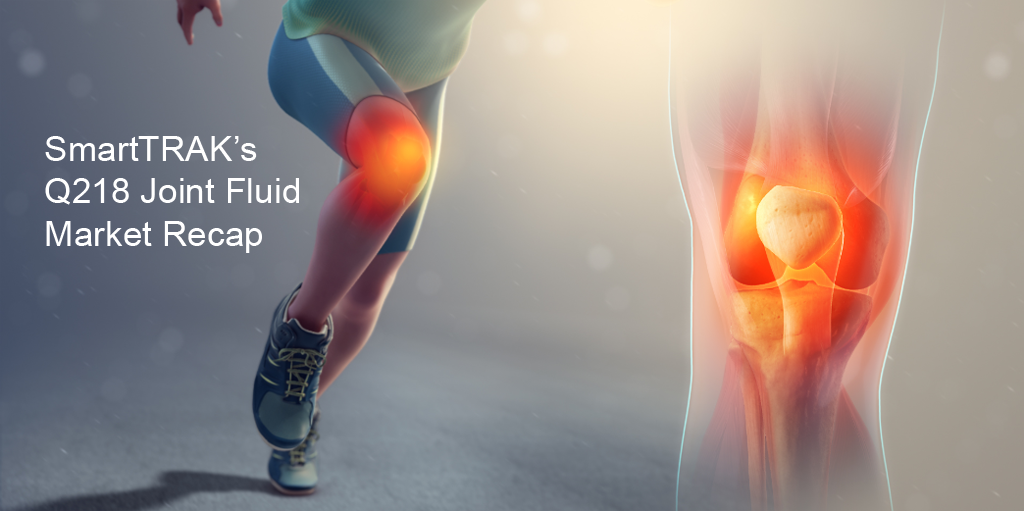
There was 68% fusion rate in the allograft group and an extensive migration of graft material was noticed with a fusion rate of just 37% in the ABM/P-15 group. Fusion rates were assessed by 2D sections and 3D reconstruction images and fusion was defined as intertransverse bridging. Sheep were euthanized after 4.5 months and levels were harvested and evaluated with a micro-CT scanner and qualitative histology. The levels were randomized so that sheep received an ABM graft either with or without P15 coating. Twelve Texas/Gotland mixed breed sheep underwent open PLF at 2 levels L2/元 and L4/L5 without fixation instruments. The objective of this study was to assess fusion rates when using ABM/P-15 in uninstrumented posterolateral fusion in sheep. This prospective randomized study was designed to evaluate early spinal fusion rates using an anorganic bovine-derived hydroxyapatite matrix (ABM) combined with a synthetic 15 amino acid sequence (P-15)–ABM/P-15 bone graft, and compared with allograft in an uninstrumented PLF model in sheep. However, the lack of external stability and large graft size make posterolateral lumbar fusion (PLF) a most challenging grafting procedure. This peptide has been shown to improve bone formation when used in devices with fixation or on bone defects. ABM/P-15 (commercial name i-Factor™ Flex) is an available synthetic bone graft material that has CE approval in Europe. To ensure stable fusion, bone graft materials are used. In 2018, the company enrolled the first patients in an IDE clinical trial evaluating the safety and efficacy of its next-generation product, P-15L Peptide Enhanced Bone Graft, for use in patients undergoing TLIF fusion surgery.Spinal fusion is a commonly used procedure in spinal surgery.

It is in a new category of bone graft technology and is one of only two drug-device combination products approved by the US Food and Drug Administration (FDA). The drug-device combination product is based on small peptide (P-15) technology that accelerates new bone formation in patients with degenerative disc disease. I FACTOR bone graft has over 10 years of clinical success in Europe and was approved in the USA for use in anterior cervical discectomy and fusion (ACDF) procedures in 2015. “These results are especially encouraging as we continue to advance an investigational device exemption (IDE) clinical trial in the USA evaluating the safety and efficacy of our next-generation bone graft in transforaminal lumbar interbody fusion (TLIF) surgery.” “We are very encouraged by the results of this level-1 human clinical study in an extremely challenging environment,” said Jeffrey G Marx, president, and chief operating officer. “This is now our fourth prospective clinical study in which i-FACTOR Bone Graft has demonstrated a clear clinical benefit and builds upon our previously reported fusion in various spine applications.” “This study is a valuable addition to our clinical evidence base,” said Glen Kashuba, chief executive officer of Cerapedics. Longer term follow-up to evaluate the maintenance of clinical outcomes is in process. Patient reported outcomes at baseline and follow-up were similar between the two groups. Results showed the fusion rate was significantly higher in the i-FACTOR bone graft group (50%) compared to the allograft group (20%) at one year (p <0.001). Participants suffered from degenerative spondylolisthesis and underwent decompression and non-instrumented posterolateral fusion surgery, and were randomised to either i-FACTOR bone graft or fresh frozen allograft bone, both mixed with local bone graft. Jacobsen led the double-blind, prospective, randomised study in more than 100 patients (60 years or older).

“i-FACTOR shows an increased fusion rate versus allograft.” “In Scandinavia, surgeons often consider performing non-instrumented fusion when there is instability in elderly patients, but allograft bone has notoriously low fusion rates in this population,” said Michael Kjær Jacobsen, the study’s principal investigator (Sector for Spine Surgery and Research, Middlefart Hospital, Denmark). The data demonstrate that elderly patients in Denmark treated with i-FACTOR bone graft plus local bone had a statistically significantly higher fusion rate compared to allograft plus local bone. Cerapedics has announced the publication of results from a clinical trial evaluating i-FACTOR Peptide Enhanced Bone Graft in non-instrumented lumbar fusion surgery in The Spine Journal.


 0 kommentar(er)
0 kommentar(er)
